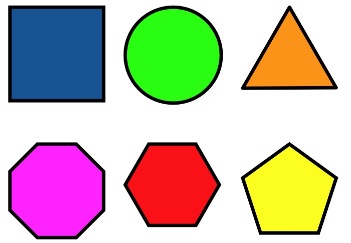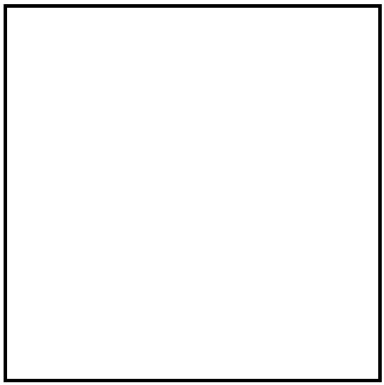Copyright © University of Cambridge. All rights reserved.
'Fit These Shapes' printed from https://nrich.maths.org/
Show menu
Why do this problem?
This activity challenges the exploration skills of the pupils. They will need to try ideas, and after testing them, will probably need to make adjustments before being satisfied. During these processes there will be opportunities for plenty of mathematical discussion and perhaps for new exploration ideas to develop.
Possible approach
You could introduce the challenge using a large version of the frame and cut-out shapes, or you could make an interactive whiteboard version from the template. Invite children to make predictions about the number of each shape they will be able to fit in the frame, encouraging them to
articulate their reasoning.
Print and cut out sets of the shapes and the frame on thick paper/card, enough for each pair or small group of children. Encourage them to test out their ideas, trying to find the largest number of each shape that will fit in the frame. Allow the children to approach the task in whatever way they see fit. Some might draw around one shape, some might want to have multiple copies of each
shape, some might do some measuring and calculating ...
You could invite two pairs or two groups to join together to compare findings. Encourage learners to explain to each other how they went about the task and invite them to challenge each other's findings, where appropriate.
Key questions
Tell me about your ideas for getting an answer.
I see you've ... can you tell me about that?
Any ideas for what you could try now?
Possible extension
What about trying combinations of shapes? What would make a good pair to try?
For the highest-attaining
Some children might be keen to explore the area of the spaces left when using each shape.
Possible support
Some learners will need something which is handled more easily so bigger plastic/foam shapes and an appropriately-sized frame would be fantastic.

